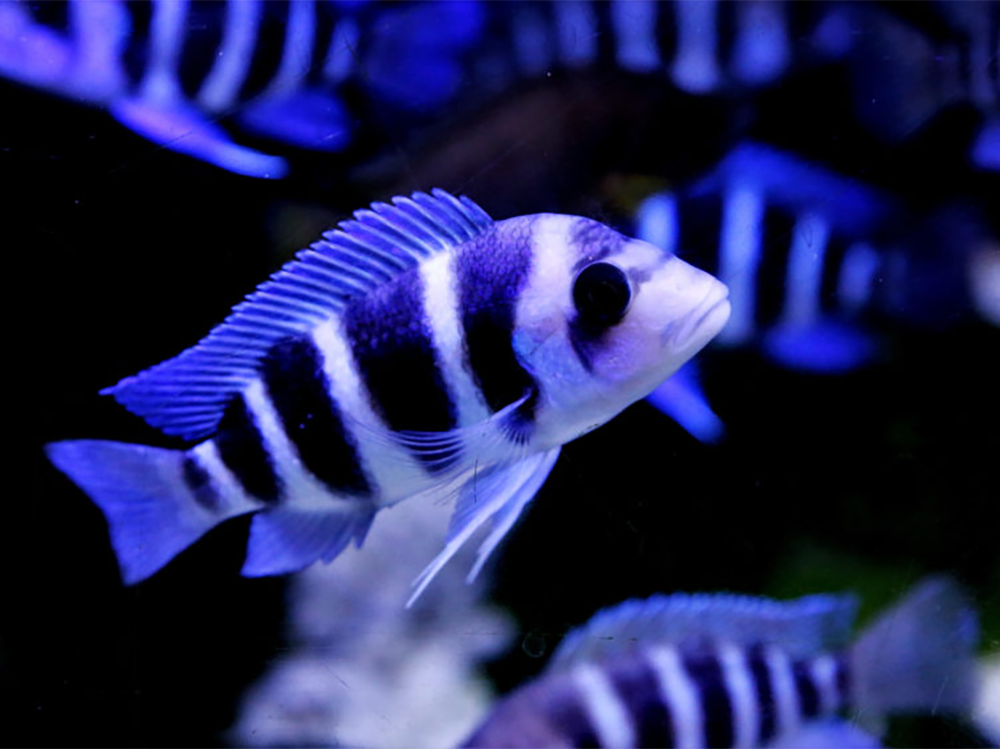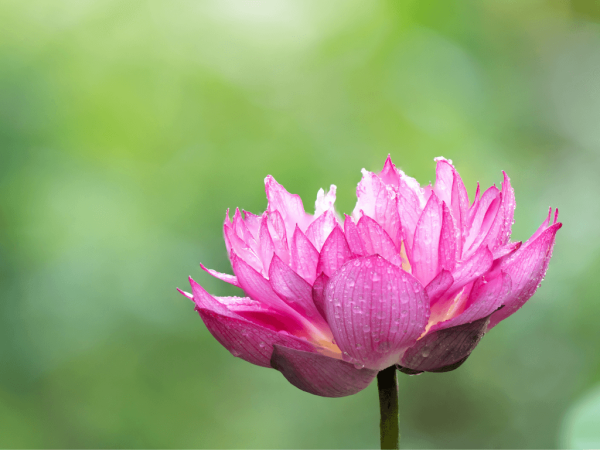What causes high pH in a fish tank?
High pH can be good for some fish that naturally inhabit hard, alkaline waters like Lake Tanganyika cichlids, Malawi cichlids and Sailfin mollies. For them a pH between 8 and 8.5 can be a good thing, so the first thing to do is to test the water with a pH test kit.
Test the tank water and the tapwater you filled the tank with, and see if they are the same. If your tapwater has a high pH of say 8, and you keep fish which prefer a neutral (7) or low pH (6) then you need to stop using tapwater and use RO water instead. Reverse Osmosis, or RO for short, is a special water filter that strips tapwater of its minerals, producing very soft water, with a low pH.
If your tapwater has a low or neutral pH but your tank has a high pH, then something in the tank is raising the pH. This is most commonly from an alkaline substrate that contains shells or limestone, or from rocks which contain lime, like Limestone, Tufa rock, or Ocean Rock.

Is your substrate inert?
When buying gravel check that it says that it is inert, meaning that it won’t raise the pH, and avoid rocks aimed at saltwater tanks like Ocean rock and Tufa rock, which are beige in colour. If you have any ornaments that look like they are made from concrete or any rocks that aren’t inert like slate, remove them, do several large water changes and it should make a difference.
pH can actually change throughout the day, so test pH at several different times like in the morning and in the evening, to see if there is a difference. Live plants produce CO2 at night which lowers pH, so pH will typically be at its lowest just before the lights come on in the morning. As they photosynthesize they produce oxygen, which raises pH throughout the day, and pH will typically be highest just before lights out in the evening, for planted tanks.
If you want to lower pH permanently and not have to use RO water, you can use a product to do that. Just remember to use it every time you add new water, and test pH regularly.









